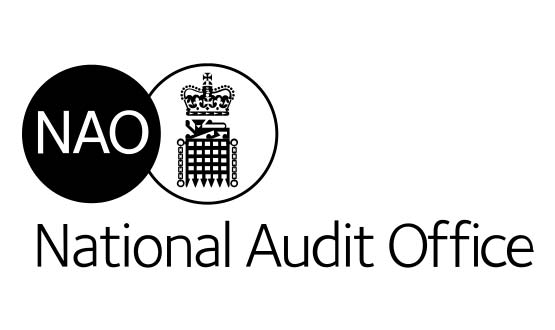The National Audit Office has reiterated its warning that NHS finances are “not sustainable” in a report that queries the ability of national bodies and the 'Five Year Forward View' to pull trusts back from the brink.
In what is probably the bluntest language available to it as the public sector’s financial watchdog, the NAO says: “We said in our November 2014 report… that the trend of NHS trusts’ declining financial performance was not sustainable.
“Since then, acute trusts’ financial performance has deteriorated sharply. Their financial position is forecast to worsen. We repeat our view: these trends are not sustainable.”
In its annual survey of the ‘Sustainability and Financial Performance of Acute Hospital Trusts’ the NAO goes on to warn that short term-actions by central bodies and regulators are either not enough to tackle the problems, or liable to make them worse.
It further says there is an urgent need for all the organisations signed up to the Five Year Forward View to set out exactly how the £22 billion of efficiency savings that it demands by 2020-21 will be delivered, what the contribution of different parts of the NHS will be, and exactly what will be expected of trusts next year.
The Five Year Forward View was issued by NHS England chief executive Simon Stevens in October 2014, and lays out in broad terms how the NHS can close a £30 billion gap between funding and demand by the end of this Parliament.
In last month’s spending review, the Treasury said it would “fully fund” the plan by delivering on the Conservative Party’s election pledge to find an additional £8 billion a year for the NHS by the end of this Parliament, and that it would frontload some of the money.
However, the NAO stresses that central bodies and regulators have yet to issue a “coherent plan that shows how the gap between resources and patient needs will be closed by all parts of the NHS” and that the plan’s big ideas remain untested.
The Five Year Forward View stresses the importance of creating integrated health and health and social care to streamline services and eliminate duplication and variation.
But the NAO notes that “achieving savings through redesigned healthcare is not easy” because acute trusts have such large fixed costs that reducing them tends to require large-scale changes that in turn need investment. In another piece of studied understatement it concludes this means the plans look “ambitious.”
In its report, the NAO says that commissioning bodies, acute trusts and foundation trusts combined are now overspent for the first time.
In 2013-14, underspending by clinical commissioning groups cancelled out provider deficits. But in 2014-15 this did not happen and these bodies finished the year with a deficit of £471 million.
Acute and foundation trusts finished the 2014-15 financial year with a net deficit of £843 million, and the NAO says things appear to have got worse since then. In September, 181 trusts were expecting to finish the current financial year in deficit, and 26 were expecting their deficits to be more than 5% of their income.
The report says this is partly because trusts are managing to make fewer efficiency savings than they did in the early years of the ‘Nicholson Challenge’ – the attempt to close the funding-demand gap by making QIPP savings initiated by the former chief executive of the NHS, Sir David Nicholson, in 2008.
It also says it is because trusts are continuing to look for recruitment and other one-off savings, rather than recurrent savings.
It warns these problems are being made worse by central bodies and regulators revisiting financial plans and demanding tougher savings targets in mid-year, and by organisations delivering “mixed messages” on policy issues with financial implications, such as safe staffing.
The NAO says a “holistic and consistent” approach is needed. “The government’s commitment to increase funding for the NHS could be a significant step towards acute trusts achieving financial balance,” it concludes. “But this depends on how the funding is used and the impact of wider changes to healthcare services.
“Until there is a clear pathway for trusts to get back to financial stability, we cannot be confident that value for money, defined as financial and service sustainability, will be achieved.”

